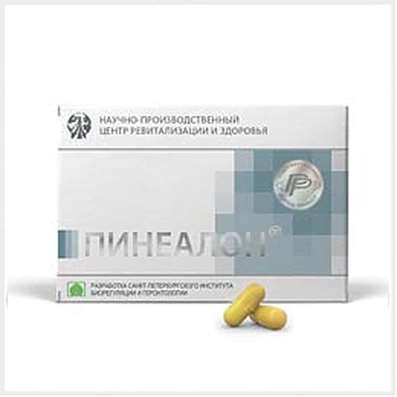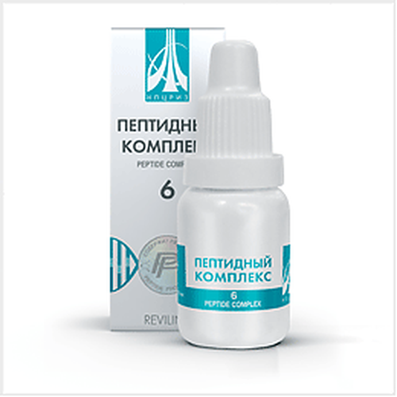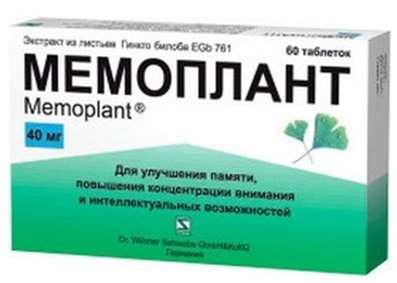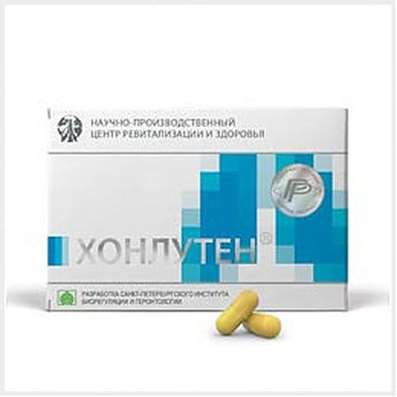Instruction for use: Hormoplex
I want this, give me price
Active substance: Estrogens conjugatate
ņ“’ Code: G03CA57 Estrogens conjugatate
Pharmacological groups
Estrogens, gestagens; their homologues and antagonists
Antineoplastic hormonal agents and hormone antagonists
Nosological classification (ICD-10)
C50 Malignant neoplasm of breast
Cancer of the nipple and areola of the breast, Breast carcinoma, The hormone-dependent form of recurrent breast cancer in women in menopause, Hormone-dependent breast cancer, Disseminated breast carcinoma, Disseminated Breast Cancer, Malignant breast cancer, Malignant neoplasm of breast, Contralateral breast cancer, Locally advanced or metastatic breast cancer,Locally-distributed breast cancer, Locally-recurring breast cancer, Metastatic breast carcinoma, Metastasis of breast tumors, Metastatic breast carcinoma, Inoperable breast carcinoma, Incompatible breast cancer, Breast cancer in women with metastases, Breast cancer in men with metastases, Breast Cancer, Breast cancer in men, Mammary cancer, Breast cancer with distant metastases, Breast cancer in postmenopausal women, Breast cancer hormone-dependent, Breast cancer with local metastases, Breast cancer with metastases, Breast cancer with regional metastases,Breast cancer with metastases, Common hormone-dependent forms of breast cancer, Common Breast Cancer, Recurrent Breast Cancer, Recurrence of breast tumors, Breast cancer, Estrogen-dependent breast cancer, Estrogen-Dependent Breast Cancer, Disseminated breast cancer with overexpression of HER2, Tumors of the mammary glands
C61 Malignant neoplasm of prostate
Adenocarcinoma of the prostate, Hormone-dependent prostate cancer, Hormone-Resistant Prostate Cancer, Malignant tumor of prostate, Malignant neoplasm of prostate, Carcinoma of the prostate, Locally-distributed non-metastatic prostate cancer, Locally advanced prostate cancer, Locally spread prostate cancer, Metastatic prostatic carcinoma, Metastatic prostate cancer, Metastatic hormone-resistant prostate cancer, Non-metastatic prostate cancer, Incompatible prostate cancer, Prostate Cancer, Prostate cancer, Common prostate cancer, Testosterone-Depot Prostate Cancer
E28 Ovarian dysfunction
Dysfunction of the sex glands, Abnormal ovarian function, Non-functioning ovaries, Primary dysfunction of the ovaries, Decreased function of the sex glands, Estrogen insufficiency
M81.0 Postmenopausal osteoporosis
Menopause osteoporosis, Osteoporosis in menopause, Osteoporosis in menopause, Osteoporosis in postmenopausal women, Osteoporosis in the postmenopausal period, Postmenopausal osteoporosis, Osteoporosis in postmenopausal women, Perimenopausal osteoporosis, Postmenopausal osteoporosis, Post-menopausal osteoporosis, Postmenopausal osteoporosis, Postmenopausal demineralization of bones, Osteoporosis with estrogen deficiency, Osteoporosis in postmenopausal women, Osteoporosis in postmenopausal women and after hysterectomy
N95.1 menopausal and menopausal status of women
Atrophy of the mucosa of the lower genital tract, caused by estrogen deficiency; Vaginal dryness; Autonomic dysfunction in women; gipoestrogeniya state; Deficiency of estrogen in menopausal women; Degenerative changes of the mucous membrane in the menopause; Natural menopause; an intact uterus; climacteric; Menopause women; Menopause in women; menopausal depression; Climacteric ovarian dysfunction; Menopause; Climacteric neurosis; Menopause; Menopausal symptoms complicated psychovegetative; Climacteric syndrome; Climacteric vegetative disorders; Climacteric psychosomatic disorder; menopausal disorders; Menopausal disorders in women; menopausal condition; Climacteric vascular disorders; Menopause; Menopausal vasomotor symptoms; menopausal period; Lack of estrogen; Feeling the heat; Pathological menopause; perimenopause; menopause; postmenopausal; Premature menopause; premenopauznom period; tides; hot flashes; flushing in the Meno and postmenopausal; Hot flashes / hot flashes in menopause; Heart attack during menopause; Early menopause in women; Disorders of menopause; climacteric syndrome; Vascular complications of menopause; Physiological menopause; Estrogendefitsitnye state; premature Menopause
Composition and form of release
1 dragee contains conjugated estrogens (mainly estrone and equilin sulfate) in the form of sodium salts 1.25 mg; in a cardboard box 2 blisters for 10 pcs.
pharmachologic effect
The pharmacological action is estrogenic.
Compensates the insufficiency of endogenous estrogens. Binding to specific receptors of target organs, change enzyme activity and activate protein synthesis, regulate lipid metabolism, suppress the growth of hormone-dependent tumors.
Indication
Climacteric syndrome, osteoporosis (in the climacteric period), estrogen deficiency (replacement therapy), malignant neoplasms of the prostate and breast (in men).
Contraindications
Estrogen-dependent malignant neoplasms of genital organs and mammary glands, thromboembolism, hepatic insufficiency, endometriosis, myoma.
Side effects
Nausea, vomiting, depression, headache, breast engorgement, uterine bleeding, liver dysfunction, jaundice, weight gain, skin rashes. The likelihood of developing endometrial and breast cancers increases.
Dosing and Administration
Inside. The dose is set individually.
With menopause and osteoporosis - in an average daily dose of 1.25 mg with discontinuous courses for 20 or 29 days, respectively, with a break of 7 days; if necessary (with menopause) - 2.5-3.75 mg / day (not more than 7 days).
Dysfunctional uterine bleeding - 2.5-7.5 mg / day in 2-3 doses, 2-5 days; it is possible to increase the dose by 50% or more (after stopping the bleeding therapy lasts up to 20 days).
For amenorrhea, 1.25-3.75 mg / day for 20 days; with a menopause with a regular menstrual cycle, uterine bleeding or amenorrhea, a combination with a gestagenic drug is recommended from the 15th to the 21st day.
With malignant neoplasms - at 3.75-7.5 mg / day.
storage Conditions
Keep out of the reach of children.

 Cart
Cart





